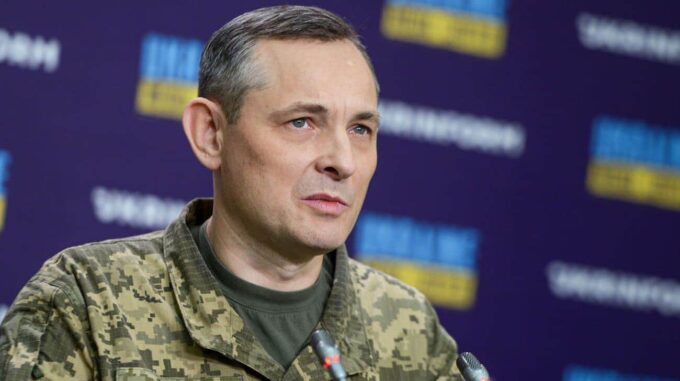Ukrainian military personnel are currently not planning to deploy light aircraft in the fight against “Shahed” kamikaze drones due to their limited capabilities and the specific conditions of combat

Air Force spokesperson Yuriy Ignat emphasized that despite certain efforts, modern equipment and tactical approaches are not yet sufficient to effectively utilize light aircraft for defending against nighttime enemy drone attacks. In a telethon broadcast, Ignat explained in detail that the idea of using light aircraft against "Shaheds" faces a number of technical and tactical challenges. According to him, mobile groups, fighters, helicopters, electronic warfare systems, and unmanned aerial vehicles are already working to contain and destroy enemy strike assets. However, he highlighted that light aircraft, such as Yak-52 planes, which were previously used to support combat efforts, currently cannot effectively respond to kamikaze drones during night attacks due to limited visibility and weather conditions. "We have long been using light aircraft to combat drones, but it is important to understand their limitations. For example, the Yak-52 successfully destroys targets based on drone reconnaissance or under good weather and lighting conditions. However, deploying such aircraft to fight "Shaheds" during night attacks is unfeasible because the warhead weight of the drone, which reaches 90 kilograms, and other technical nuances complicate the process of destroying them from the air," Ignat stated. At the same time, he stressed that Ukrainian forces are not abandoning efforts to find effective solutions for involving light aircraft in the fight against enemy kamikaze drones. According to him, the command continues to seek new tactical approaches and technological opportunities to increase the chances of destroying "Shaheds" more promptly and effectively. Thus, in the context of modern combat conditions, Ukrainian defenders are focusing on comprehensive solutions that include the use of fighters, helicopters, electronic warfare systems, and reconnaissance drones. The main idea is to maximize the use of advanced technologies and tactics, while light aircraft remain a reserve for future scenarios or operations under favorable visibility and weather conditions. Undoubtedly, the search for possibilities to employ light aircraft against "Shaheds" continues, and Ukrainian forces do not plan to stop in their quest for new ways to enhance air defense effectiveness. Ignat himself emphasizes that this is an important area of work, and if successful, it will be incorporated into future plans and tactical schemes.

